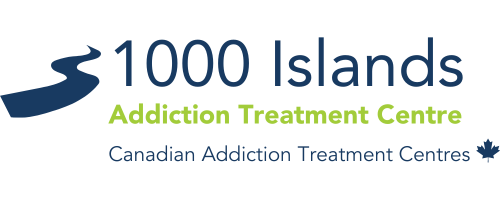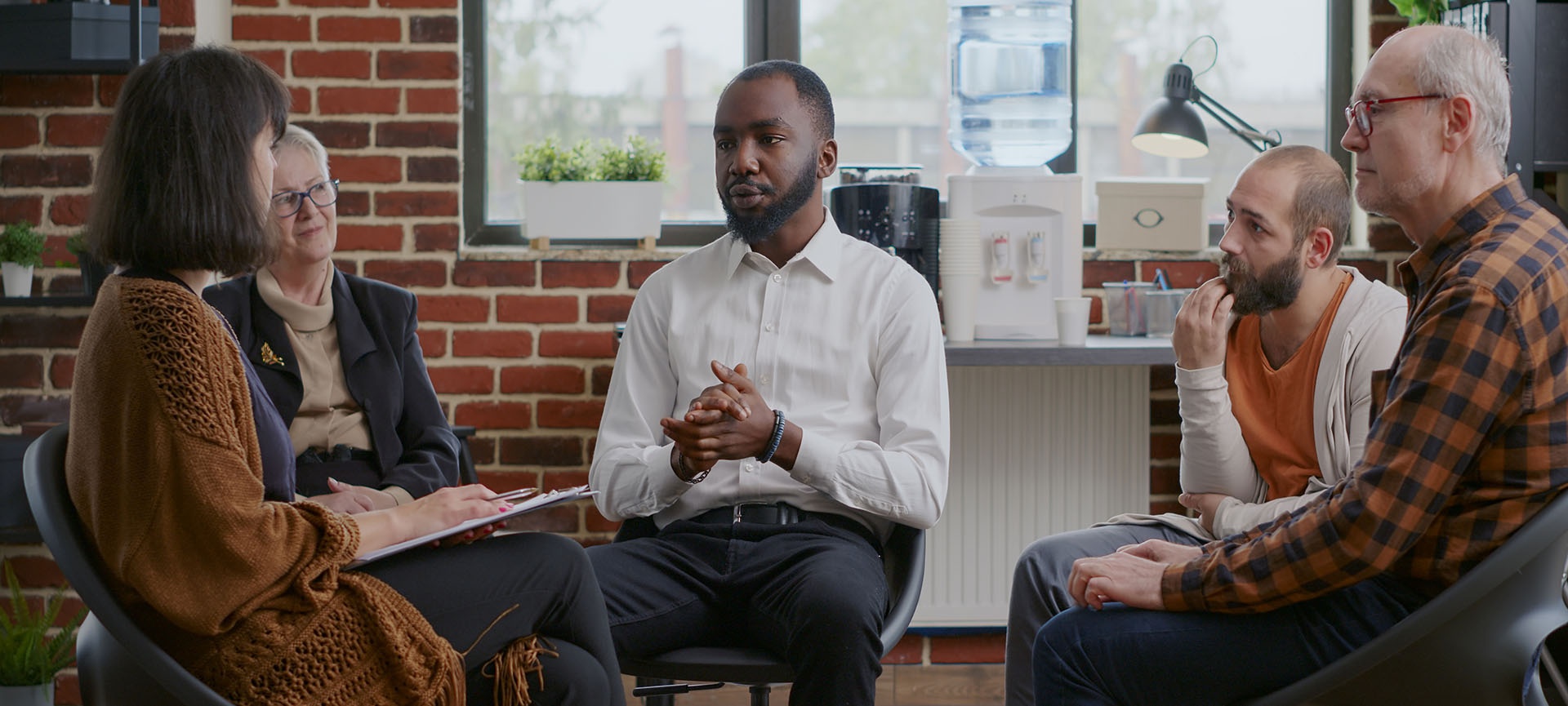
How to Stop Marijuana Addiction
Marijuana use is prevalent throughout Canada. Though this drug has been widely decriminalised in many parts of the world, marijuana use can still progress to compulsive and problematic levels for some people, at which point they may find it difficult to stop using.
People who develop significant marijuana dependence over the course of their use may also experience troublesome withdrawal symptoms when they try to quit, making the early recovery period additionally challenging.
What is Marijuana?
Marijuana—also called weed, herb, pot, grass, bud, ganja, Mary Jane, and a vast number of other slang terms—is a greenish-grey mixture of the dried flowers of the cannabis plant. Some people smoke marijuana in hand-rolled cigarettes (joints), pipes, water pipes (bongs), or blunts (marijuana rolled in cigar wraps). Marijuana can also be used to brew tea and, particularly when it is sold or consumed for medicinal purposes, is frequently mixed into foods (edibles) such as brownies, cookies, or candies.
Vaporizers are also increasingly used to consume marijuana. Stronger forms of marijuana include sinsemilla (from specially tended female plants) and concentrated resins containing high doses of marijuana’s active ingredients, including honey like hash oil, waxy budder, and hard amberlike shatter. These resins are increasingly popular among those who use marijuana either recreationally or medically.
How Does Marijuana Affect the Brain?
Frequent cannabis use carries certain risks. Someone who regularly uses marijuana may be at higher risk of developing a cannabis use disorder. Marijuana is also associated with other physical and mental health risks. With the increasing concentration of its primary psychoactive component, these risks may be elevated.
Marijuana’s psychoactive components affect the brain through a series of chemical interactions. Tetrahydrocannabinol (THC) is the primary intoxicating chemical compound found in marijuana. It is similar in chemical structure to naturally occurring cannabinoids in the body, such as anandamide.
This similarity allows THC to attach to the brain’s cannabinoid receptors and disrupt the endocannabinoid system’s normal functioning. THC also stimulates the release of larger-than-normal amounts of dopamine, which is partly responsible for its pleasurable high.
THC affects a user’s brain in areas that control mood, memory, thinking, and concentration. Marijuana’s effects may be desirable for some people and include:
- Euphoria
- Feelings of sedation or relaxation
- Distortions in sensory perception
- Altered sense of time (e.g., subjectively slow passing of time)
THC’s effects on the brain don’t always produce pleasurable effects. Its disruption of the brain’s normal pathways of communication may sometimes lead to distressing effects such as:
- Cognitive impairment
- Diminished coordination and reaction time
- Increased anxiety
- Paranoia
- Acute psychotic features, such as hallucinations and delusions
Despite the prevalent notion that marijuana is entirely safe or free of any addictive potential, there is certainly evidence to suggest otherwise.
Is Marijuana Addictive?
Marijuana is the second-most widely used mind-altering substance in Canada, behind alcohol. In a recent survey, almost 12 million young adults reported using marijuana within the previous 30 days. A previously criminalised drug across Canada, marijuana is now widely legalised in many areas in the world for medicinal and recreational use.
The Canadian government identifies marijuana as an addictive drug. With consistent use, people who consume weed may be at risk of developing a marijuana use disorder or marijuana addiction.
Physiological dependence, which develops as the brain and body adapt to weed, is a common feature associated with many instances of marijuana addiction. People who develop dependence on marijuana may, over time, begin to produce less of their own endocannabinoid neurotransmitters and become desensitised to their effects.
Should this happen, a heavy marijuana user may experience withdrawal symptoms when they slow their cannabis consumption or stop consumption altogether. This can be dealt with in recovery.
Choose an Approach to Stop Taking Marijuana
Once you decide to quit marijuana, your first decision is to decide which approach is right for you and your needs. While some people may find giving up marijuana easier than others, your own experience may depend on whether you have developed a dependence or addiction to the substance.
Cannabis use disorder is more likely to develop in individuals who began taking marijuana at a younger age or use the drug heavily. The research suggests that around 30% of people who use marijuana have a cannabis use disorder.
There are two common approaches to choose from when you are trying to quit abusing marijuana: tapering your use or quitting cold turkey.
Tapering Your Use
Tapering is a process that involves gradually reducing drug use by lowering the dose used over a period of time. The goal is to slowly allow a person’s body to become used to lower levels of the substance while minimising withdrawal symptoms.
The research generally favours a gradual tapering approach to help minimise severe withdrawal symptoms. In recovery this is sometimes aided by medication.
If you decide to try the gradual approach, there are some things you can do to help improve your chances of success.
- Assess how much you currently use.
- Give yourself a deadline. Pick a date that you would like to quit taking marijuana for good. Then figure out how much you’ll have to cut back to quit by that date.
- Pick a tapering strategy. You might opt to cut back a certain amount each day or each week. You might also opt to switch to a lower potency cannabis product.
- Develop coping strategies to help manage withdrawal symptoms.
- Reach out to friends and family for support.
Quitting Cold Turkey
This approach involves simply stopping the use of the drug. While quitting cold turkey isn’t easy and often leads to more intense withdrawal symptoms, there are some reasons people might choose this method.
For instance, it can be an effective way to stop your habit and get a fresh start. People who doubt their ability to reduce their marijuana use gradually may find this method more effective.
- Set a date to stop. This should be when you have the best chance of being successful. Wait until you feel strong.
- Make a plan. Having a clear goal in mind (in this case, abstinence from marijuana) can help you stay on track. By yourself or with your support system, plan how you’ll quit marijuana and remain sober.
- Think about how to manage withdrawal symptoms, which may be more severe with this approach.
- Build a strong support network. When it comes to getting sober, or at least reducing your drug use, it’s crucial to surround yourself with healthy and supportive people who want to help you stay on track. Building a strong support network will help you quit marijuana and provide you with the vital healthy connections one needs to stay abstinent.
Preparing for Withdrawal
Once you decide to quit taking marijuana, it’s a good idea to familiarise yourself with the withdrawal symptoms you might experience as you give up the drug. By doing this, you’ll be better prepared mentally and can plan how you will deal with these symptoms.
Common signs of marijuana withdrawal include:
- Aggression
- Anxiety
- Appetite changes
- Cravings
- Depression
- Flu-like symptoms such as fever, sweating, and chills
- Headaches
- Irritability
- Sleep difficulties
- Weight loss or gain
For most people discontinuing their marijuana use, withdrawal symptoms will generally last one to two weeks. However, some people may continue to experience these symptoms for several weeks or even months, a phenomenon known as post-acute withdrawal syndrome (PAWS).
During this time, it can be helpful to have a plan that will help you stick to your recovery efforts. Look for ways to relieve your symptoms without turning to marijuana and consider reaching out to your healthcare provider for solutions that can help.
Reminding yourself that these feelings are temporary and that you will get better in a few days can help.
Understand Your Triggers
When you are trying to quit using marijuana, it is essential to get rid of any marijuana-related paraphernalia in your home. Getting rid of the drug itself is crucial, but you should also eliminate any pipes, bowls, bongs, vapes, and related products.
It may also help if you spend some time thinking about the triggers that make you want to take marijuana. Are there certain times of day you’re more likely to use? Do you feel an urge to use more in specific settings, situations, or around certain people?
Once you are aware of the things that trigger your drug use, you can plan to deal with those triggers. Sometimes this might involve avoiding or eliminating things that create pressure on you to take marijuana. In other cases, you’ll need to explore healthy coping mechanisms to help you manage your urges.
Don’t be too hard on yourself if you make a mistake and use again. Relapse is common for anyone who is trying to quit. Research has found that it usually takes people a few tries before they are successful. Recovery is a process, not an event.
Tips for Quitting Marijuana
No matter what strategy you decide to use to quit abusing marijuana, several techniques can help you stick to your goals.
Find Distractions
Finding ways to stay busy can help distract you from some of the unpleasant withdrawal symptoms. It can also keep your mind off of the drug cravings that you might be experiencing.
Look for things that you can do that will help take your mind off of abusing marijuana. If you usually ingest during specific periods, such as on the weekends, find activities that will help keep you occupied and distracted. Creating a new routine can also be helpful when you are quitting a substance such as marijuana.
Exercise
When you are quitting marijuana, you may find that getting regular exercise can be helpful for various reasons.
First, it can act as a valuable distraction when cravings hit. It can also help you feel better and more energised as you cope with symptoms of withdrawal.
Some research also suggests that exercise may help complement other treatments for cannabis use disorder. Researchers indicate that since marijuana use can affect the systems that regulate stress and rewards, exercise might help reduce withdrawal symptoms, aid in stress management, and reduce drug cravings.
Care for Yourself
It can be challenging to deal with symptoms of marijuana withdrawal, so caring for yourself is particularly important during this time. Make sure you are eating a healthy diet and getting plenty of rest. When you find yourself struggling with stress or anxiety, try implementing some effective stress management techniques such as deep breathing or progressive muscle relaxation.
Also, focus on finding a sense of balance in your life. Practising mindfulness, in which you learn to focus on the present moment and build a stronger sense of self-awareness, can help you become more in tune with your needs.
How to Get Help with Marijuana Addiction
It’s important to remember that you don’t have to do it all on your own. Getting help from your healthcare provider or therapist can increase your chances of successfully quitting marijuana.
Start by talking to your doctor or mental health professional about your addiction treatment options. They can advise you on how to safely detox from marijuana, especially if you are also addicted to other substances.
There are some approved medications for the treatment of marijuana use disorders, and research in this area is ongoing. Clinical trials have shown that buspirone, an anti-anxiety medication, can reduce cravings and drug use and decrease symptoms of irritability.
Your healthcare provider may prescribe medications to treat co-occurring mental health disorders.
Therapy is generally the recommended treatment for marijuana use disorder. Specific therapies that may be used include:
- Cognitive behavioural therapy (CBT), which addresses the underlying negative thought patterns that contribute to addictive behaviour. Your therapist can also help you find coping mechanisms that will help you deal with the thoughts or emotions that often contribute to drug use.
- Contingency management, which involves the use of rewards to reinforce and encourage drug abstinence. For example, you may be able to earn desired rewards by passing a drug test.
- Motivational interviewing, which is an approach that helps people develop a strong motivation to make positive behaviour changes in their lives. This type of therapy can be helpful for people who struggle to find the motivation to quit abusing marijuana.
End Marijuana Addiction Today
While marijuana may have a reputation for being less habit-forming than other substances, many people do struggle with unpleasant withdrawal symptoms or dependence. If you are wondering how to quit abusing marijuana, it is important to remember that there are tools and resources available that can help.
At Thousand Islands Rehab Centre, we can help formulate a treatment plan that will work for you. This is a customised plan based on your unique needs and circumstances. Contact us today to get started – a better life is a phone call away.






